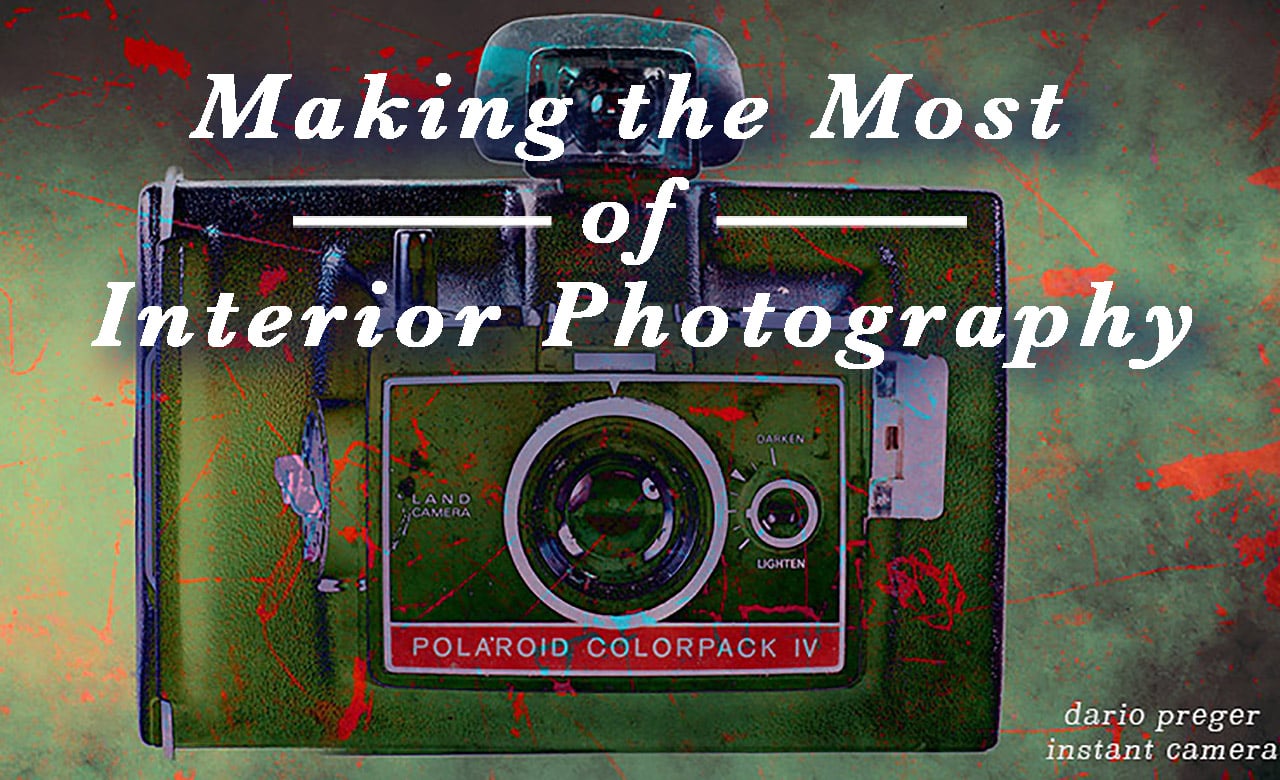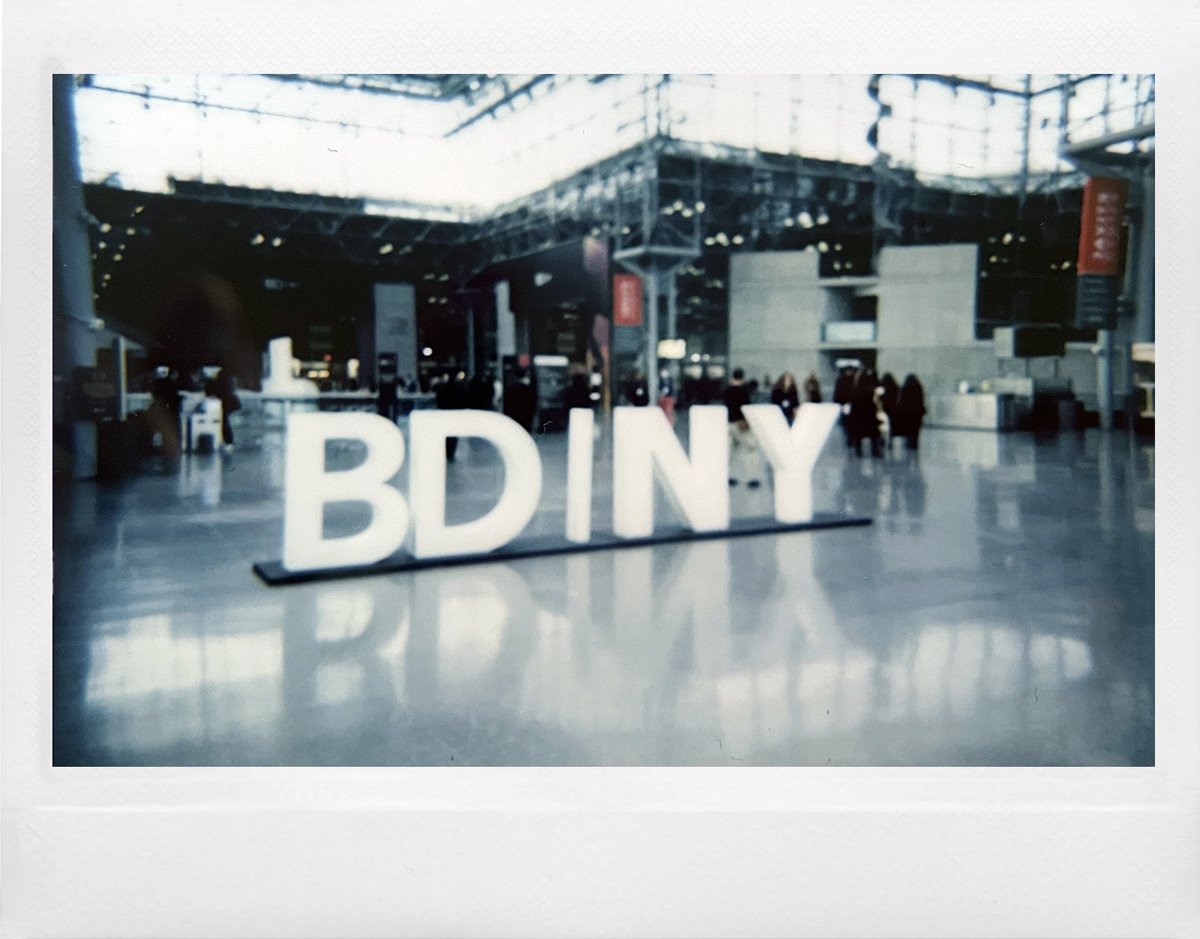Good interior photography complements a space just as much as good design can. Whether you’re looking to attract new business or simply share your latest project success, the quality of your interior images will set the tone for how the project is regarded. Interior photography can make or break a first impression of your space, and your hard work will lose some of its impact if the lighting is bad, glare spots are all over, and the image is poorly composed.
Here are our top 5 tips that will up your interior photography game and do your space justice, whether you’re a photographer, architect, or interior designer.
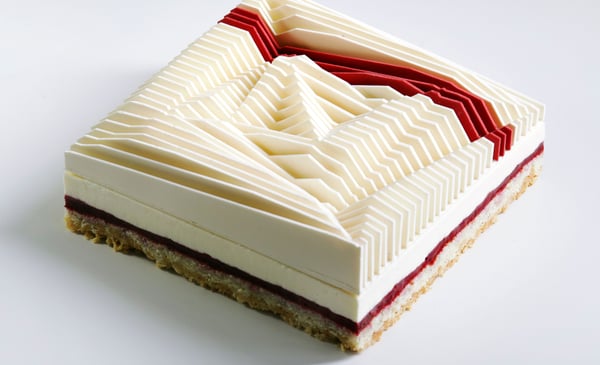
Shooting wide will help showcase the full design of the room and add nice context to your image. One of the most difficult obstacles in interior photography is working with a lack of space. If your back is against the wall (literally, don’t be afraid to move things around to make space. Some images will vary, but default to wide, horizontal (~16-24mm) lens for most shots and rely on closer frames for detail shots (~50mm).

Highlight more in your space by taking advantage of wide shots; above, STK Miami with artwork by The DOWW, Katy Hirschfeld, and Jenya Vyguzov.
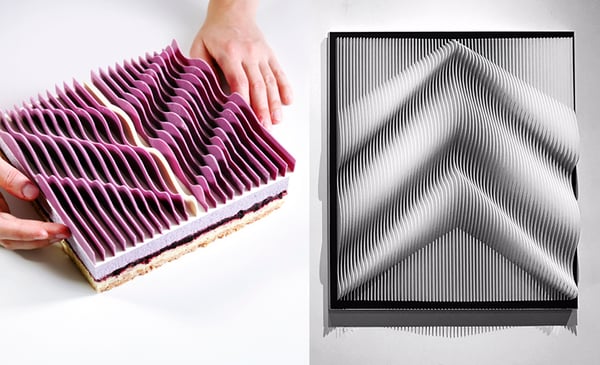
If possible, use only natural light instead of artificial lights to avoid white balance issues (unless you’re showing off light fixtures). If the natural light is weak, use a tripod and adjust the shutter speed. Avoid times of day when the sun is shining directly in your room -- this will keep certain areas from looking brighter or more blown out than others. Photographing on a cloudy day is ideal as the clouds will act as a natural softbox light diffuser.
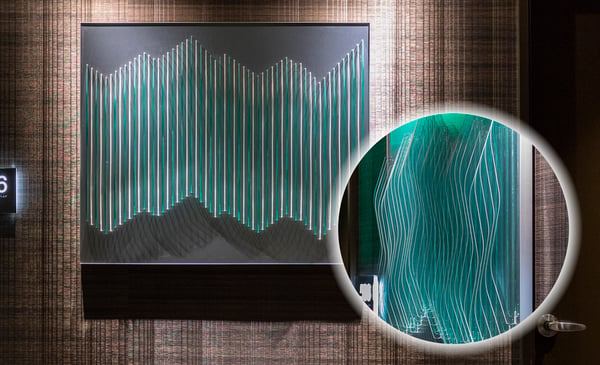
If your goal is to showcase a whole room, you’ll want to keep the whole room in focus. Only use a soft focus if you want to viewer to focus on one small isolated object.

Clean composition and crisp focus in this shot of Quarry Place, featuring a painting by Alexander Ilichev.
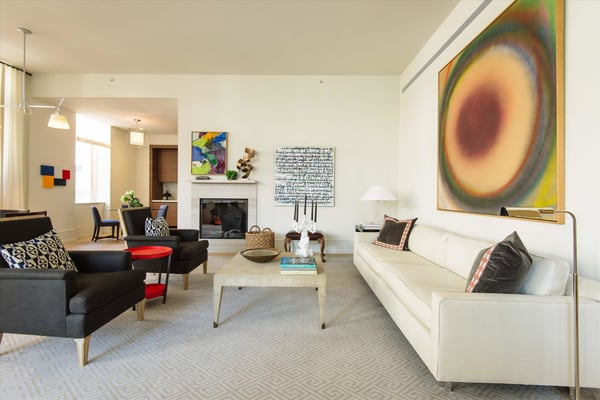
Feel free to move things around in the space to achieve the best composition. Anything that will be unsightly and kill your photo buzz can and should be moved or rearranged. You can remove, rearrange, and even add objects to give the space the perfect personal touch.

It seems like a no-brainer, but crooked, slanted, or leaning lines (walls or furniture) are not professional and are distracting to look at. Be mindful of vertical lines and make sure that your vertical lines are parallel before going public with an image. When in doubt about the angles of the space, shoot straight. If your camera has a grid or compositional guidelines in the viewfinder, use it.
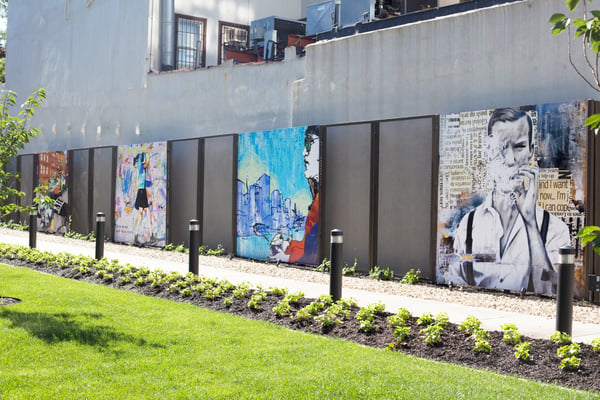
Clean, straight on shot taken at Renaissance Chicago Downtown with artwork by Jen Talbot.
For more guidelines and examples of interior photography, check out our project gallery here.

